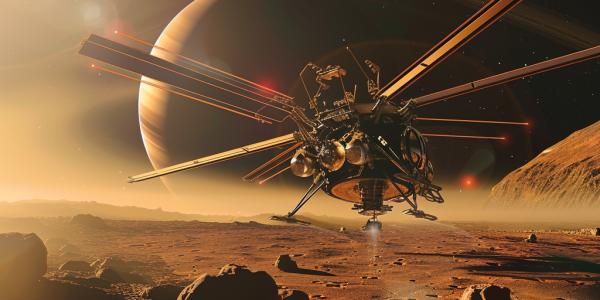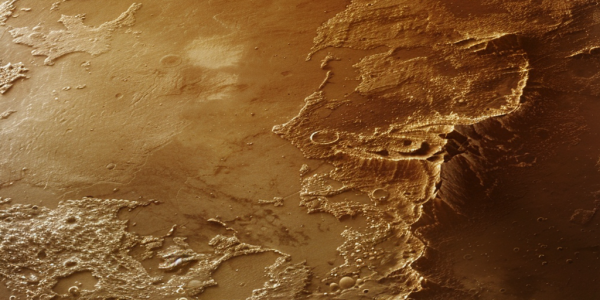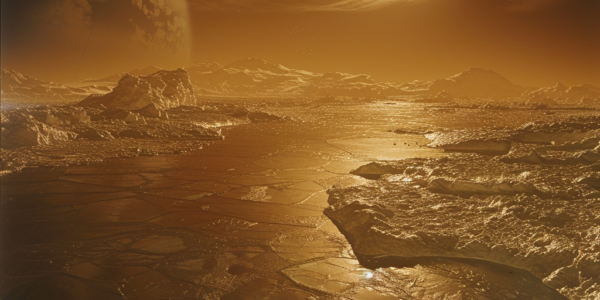NASA Awards SpaceX $256.6 Million Contract for Groundbreaking Dragonfly Mission to Titan
NASA has awarded SpaceX a $256.6 million contract to launch the Dragonfly mission, marking a significant advancement in space exploration involving nuclear materials. This groundbreaking project aims to explore Titan, Saturn’s largest moon, using a radioisotope thermoelectric generator (RTG) for power. As SpaceX continues to innovate in aerospace technology, the Dragonfly mission is set to redefine our understanding of Titan and expand the possibilities for future space missions.
Liquid Hydrocarbon Waves May Have Shaped Titan’s Shorelines, Study Suggests
Discoveries suggest that Saturn’s moon Titan may have shorelines shaped by waves of liquid hydrocarbons, potentially impacting its geological evolution. Despite conflicting observations, studies hint at wave activity on the moon, sparking curiosity for future missions. Researchers analyze existing data and simulations to uncover the mysteries of Titan’s landscape.
NASA Confirms Dragonfly Mission to Saturn’s Moon Titan in 2028
NASA’s Dragonfly mission to Titan, Saturn’s largest moon, is set to launch in July 2028 with a budget of $3.35 billion. This groundbreaking mission aims to explore Titan’s unique environment, including its weather conditions, liquid features, and potential for understanding the origins of life. Scheduled to reach Titan in 2034, the mission will involve a rotorcraft collecting samples of prebiotic chemistry, searching for chemical biosignatures, studying the moon’s methane cycle, and more. Despite delays due to the COVID-19 pandemic, NASA is committed to the success of the mission, highlighting the significance of rotorcraft exploration beyond Earth.
Study Reveals Titan’s Subsurface Ocean Likely Non-Habitable
A study led by Western astrobiologist Catherine Neish has revealed that the subsurface ocean of Titan, the largest moon of Saturn, is most likely a non-habitable environment, reducing the likelihood of finding life in the outer solar system. Neish expressed disappointment at the findings, emphasizing the importance of water as a solvent for life. The study, published in the journal Astrobiology, quantified the amount of organic molecules that could have been transferred from Titan’s organic-rich surface to its subsurface ocean, using data from impact cratering.




